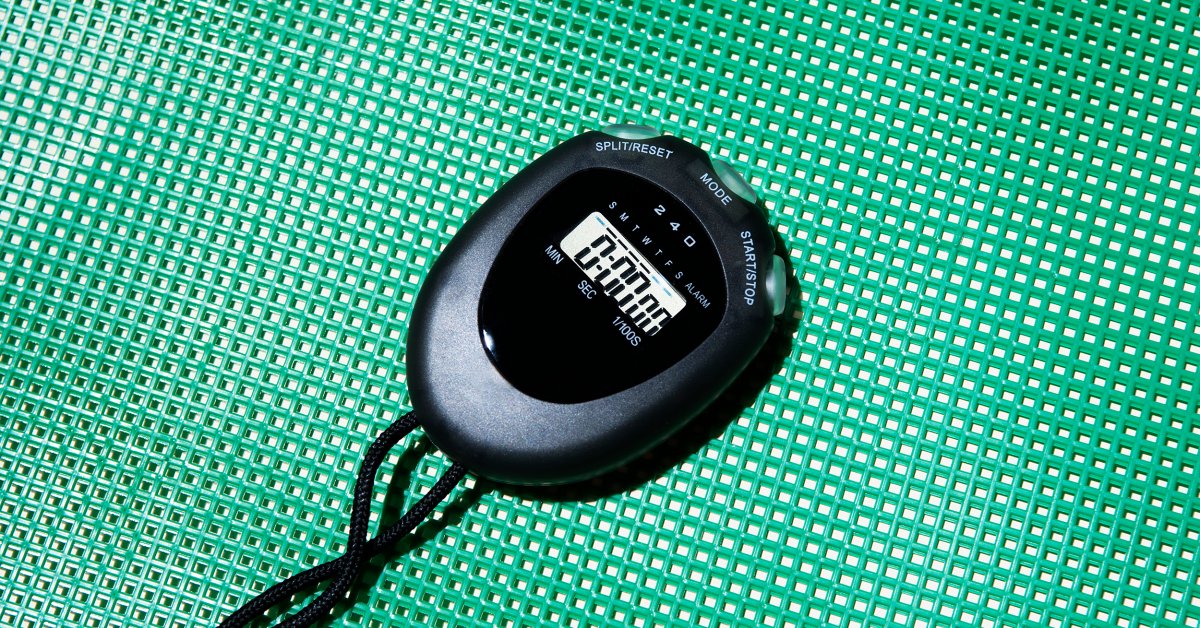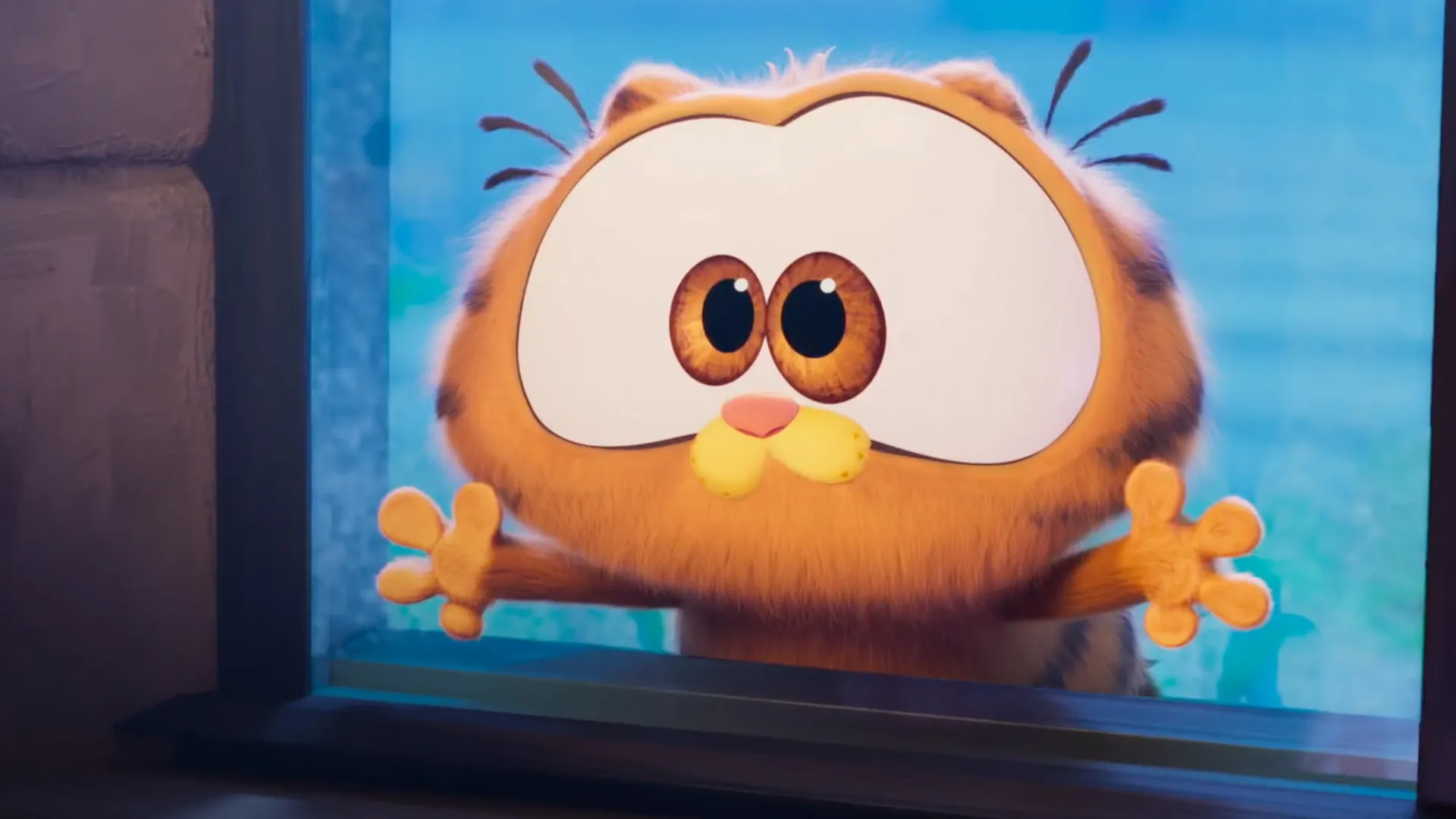Sports
The Exclusive, Elusive World of Real Tennis

Up on the second floor, hidden behind the facade of a tall Haussmann building not far from the Arc de Triomphe, is the Jeu de Paume Club, the only active court tennis club in Paris.
The members of the club, like the players at Wimbledon in England, are dressed all in white, and they call out the scores “quinze!” and “trente!” just the same as the umpires a few miles west, at Roland Garros, where the French Open is being played through June 11.
Modern tennis, or lawn tennis, which was formally invented in England in the 1870s, bears many of the traces of court tennis, not least the basic vocabulary of scoring, even if no one has definitively proven if it is referenced from medieval horological sources or the paces that a player advanced when he won a point in the game of longue paume, the ancestor of most racket sports but particularly lawn tennis, which has been played in villages across France since the 13th century.
Court tennis, also known as real tennis, developed 200 years later, according to Gil Kressmann, a historian and the honorary president of the Jeu de Paume Club, as cities evolved in France and walled courts replaced the large open spaces previously used for longue paume. The sport took off across Europe and Britain, where it was championed by Henry VIII.
The courts in France then, as today, were managed by professionals known as maîtres paumiers, who performed in matches, gave lessons and made the balls and rackets. As for the last requirement, Guillaume Dortu, the current club professional at the Palace of Fontainebleau, did not hide his relief that “mercifully, professionals don’t have to do that today.”
But he and other club pros like Rod McNaughtan in Paris are the only people allowed to sell court tennis rackets, which are still constructed of wood. Each month, they make 100 to 150 balls, carefully weighing the hard core of cork and cotton webbing before stitching the thick yellow felt exterior by hand. They also clean the court daily.
Enthusiasm for the game started to wane at the end the 17th century, and it was linked to gambling and less salubrious events such as when the Italian painter Michelangelo Merisi, better known as Caravaggio, killed an opponent on a tennis court in Rome in 1606, leading to his being banished from the city. In France, the game’s popularity suffered under Louis XIV, whose heavy physique discouraged him from playing. He was keener on billiards.
The French Revolution, which began in 1789, distracted from the game, though one of the revolution’s founding moments, the Tennis Court Oath, took place in the tennis court at Versailles, where deputies convened after being locked out of the palace, swearing not to disband until France had a constitution.
Today, the sport is played competitively in the four countries that also make up tennis’s Grand Slam: France, where the game is known as jeu de paume; Britain and Australia, where it goes by real tennis; and the United States, home of the current men’s world champion, Camden Riviere. There are just over 50 courts in the world, and the prohibitive cost of constructing new courts is a major issue. While the game is gaining in popularity, there are only around 10,000 active players.
Whatever they might lack in numbers, court tennis players make up for with enthusiasm. When asked to describe the sport, they most frequently compare it to chess and say its cerebral demands are as important, if not more so, than the physical ones.
Players take pride in the esoteric nature of the game as well as its asymmetrical court with buttress, galleries, numerous nooks and crannies with odd names and the fact that no two courts in the world are exactly the same. Therein lies the challenge for players like Matthieu Sarlangue, who is ranked No. 10 in the world and is a 13-time French amateur champion. “Technically it’s very difficult and demanding,” he said. “You really have to master the tactics because there are so many options on the court.”
The game is a sporting conundrum, one that Martin Village, a 70-year-old court tennis enthusiast from London and member of the Dedanists’ Society, a small group of British players dedicated to the history of the sport, explained simply.
“If you wanted to design a game that was going to put people off from playing it,” he said, “you would probably design a real tennis court. But that’s why it is a source of endless fascination.”

Sports
Timberwolves, and their bigs, get last laugh against defending champs

DENVER — The notion that the Minnesota Timberwolves’ magic began and ended with Rudy Gobert was so hilariously apropos.
They were down 20 points against the defending champion Denver Nuggets with 22 minutes left to play when the NBA’s most divisive player sparked a turnaround for the ages.
History was on the Nuggets’ side, with teams that led at halftime by at least 15 points in Game 7s having gone 21-0 to that point (Indiana had joined that list against the Knicks earlier in the day). Charles Barkley was too, as the Hall of Famer and TNT analyst was calling for Minnesota coach Chris Finch to “take Gobert out the game.”
But then Nikola Jokić lost Gobert on the left wing, and Karl-Anthony Towns found the French big man with a dump-off pass for a dunk with 9:51 left in the third quarter that most observers — yours truly included — thought very little of at the time.
A quick confession about something that happened on press row right around that time: For the first time in 20 years covering the Association, I prematurely booked my flight and hotel in the wrong city for the subsequent series because, well, it just felt like it was over. Off to Denver for Game 1 of the West Finals against Dallas on Wednesday.
Or … not.
By the time this slog of a game reached the 7:43 mark of the fourth quarter, when Gobert buried that miraculous spinning fadeaway from the left side that was so unexpectedly Jokić-esque, the Timberwolves had gone on a 41-17 run that featured all that was so good about their resilient program.
The suffocating defense that had come to define them was back, with the Nuggets missing 15 of 21 shots during that span (Jamal Murray and Michael Porter Jr. were a combined 1 of 8). Meanwhile, Minnesota turned the tide on the rebounding front in the process — the Wolves were outrebounded 29-18 in the first half, but had a 17-7 edge in that stretch.
“It showed us who we are, because the coaches believed in us even though at halftime — even in the third — we were down 20. They were like, ‘Just keep making runs. Keep making runs,’” said Anthony Edwards, who had just four points in the first half, but finished with 16 points (on 6 of 24 shooting), eight rebounds, seven assists and a plus-11 mark. “And It showed us who we are, man. Once we really lock in on the defensive end — because offensively we played okay — but when we really lock in on the defensive end, man, we are a hell of a team to beat.”
The Timberwolves offense that had sputtered all night was suddenly alive because of the defense. Nearly every player of significance pitched in for a 15-of-25 shooting effort that propelled the Timberwolves to their first West finals appearance since 2004 after their 98-90 win. But that shot by Gobert was the chef’s kiss, the kind of lasting image that should spawn a basketball section in the Louvre.
MY GOODNESS, BIG RU. pic.twitter.com/S2XEQaummo
— Minnesota Timberwolves (@Timberwolves) May 20, 2024
To hear Edwards and Karl-Anthony Towns discuss it afterward, when they sat side-by-side at the news conference and hilariously recapped the way the game had turned around, was to understand the cohesion of personality and personnel that has played such a big part in their hoops story to this point.
“The Rudy Gobert turnaround was crazy,” Towns proclaimed.
“When Rudy hit the turnaround, I was like, ‘Yeah, we’ve probably got ‘em,” Edwards said with a laugh. “I know that’ll kill the whole — that’ll kill everything. Big shout-out to Big Ru’, man. He hit a turnaround on their ass.”
“On God’s day, too,” said Towns, who has so impressively evolved from being the Timberwolves’ franchise centerpiece player to this selfless and capable No. 2 behind Edwards. “On God’s day, too.”
It wasn’t just the Lord’s day, though. It was the 20-year anniversary of Minnesota’s Game 7 win over Sacramento in the West semifinals, the last time the franchise made it to the West finals. Kevin Garnett, who just so happened to turn 48 on Sunday as well, had famously promised to bring all the proverbial artillery to that Game 7 showdown against the Kings.
This decisive moment, more than anything, was a case of the Nuggets forgetting there are 48 minutes in an NBA game.
Murray came out swinging, scoring 24 of his 33 points in the first half after an atrocious Game 6 performance in which he’d missed 14 of 18 shots. If he was going to keep playing like that, and if Edwards was going to keep letting all those Nuggets double teams take the ball out of his hands when it mattered most, the rest was fait accompli. But then the redemptive arc took hold.
Towns, who so many had pegged as the odd man out when the Timberwolves’ salary cap sheet became a point of focus after the Gobert trade in the summer of 2022, carried the otherwise-awful Wolves offense throughout while doing a capable job guarding Jokić.
He hit 8 of 14 shots in all for 23 points, with 12 rebounds to boot, while posting a plus-10 mark. As Edwards walked with Towns to their joint news conference, he made a bold statement that should be considered within the full context of the Nuggets environment.
“They didn’t have no answer for Karl,” Edwards said as he walked. “Karl’s the baddest big on the planet.”
Here in this Ball Arena, where Jokić has won three of the past four MVP awards and where Denver’s 2023 title broke a half-century championship drought for the franchise, Edwards decided to declare Towns’ place among the best bigs of them all.
Yet as salvation stories go, none of the Timberwolves’ can compare to Gobert. Even with his subpar first half that re-sparked the conversation about whether he is a winning player — a debate that has raged on for years now and led to his unwelcome distinction as the league’s most overrated player in the latest The Athletic player poll — Gobert found a way to have the last laugh.
He finished with 13 points, nine rebounds, two blocks and a plus-10 rating. Including the first round, when the Timberwolves swept the Phoenix Suns, Gobert now has a plus-minus mark of plus-111 that is the best on the team (Edwards is second at plus-103). But sure, Chuck, tell us again how Gobert is unplayable when it matters most.
“I don’t watch those guys, so I don’t know what they talk about, but they have to talk about something,” Gobert said when asked about Barkley’s commentary. “But yeah, I’m glad (Timberwolves) coach (Chris Finch) didn’t listen to his advice.”
Of all the Timberwolves folks who represented their team’s willingness to fight, Finch might top the list. He tore his patellar tendon after a collision with Mike Conley in Game 4 of the first-round series against the Suns, then spent the second round sitting in the second row while assistant coach Micah Nori assumed the vast majority of the sideline duties.
But late in Game 7 against the Nuggets, when every possession ran the risk of deciding the game and every play call carried that same weight, Finch suddenly sprung up from his chair to ensure his voice was heard. He has been at it with this group since the middle of the 2020-21 season, when he left his job as a Toronto Raptors assistant coach to take over for the fired Ryan Saunders. Edwards was midway through his first season at that time, and the clear connection between the 22-year-old rising star and Finch has everything to do with the historic state of Timberwolves affairs currently unfolding.
“It starts with our head coach — Coach Finch,” Edwards said afterward. “He comes in every day, comes to work, gets there early. He’s thinking of ways to get Ant and KAT open looks. He’s thinking of ways to get Mike and Rudy open looks. He’s thinking of ways to get Jaden (McDaniels) involved. He’s trying to keep Naz (Reid) in it to get him involved. He’s just a great coach. And he don’t sugarcoat anything.
“If Kat f—–’ up, he’s going to get on KAT. If I’m f—–’ up, he’s going to get on me. If Rudy f—–’ up, he going to get on anybody that’s messing up throughout the game, and I think that’s what makes him the best coach in the NBA, to me. Because no matter who it is, no matter how high up on the pole, he’s going to get on you from start to finish. It starts with the head of the snake, and he’s the head of our snake. We all look up to him, listen to him, and he (does) a great job of making sure we’re ready to go every night.”
Finch, who spent the the 2016-17 season in Denver as an associate head coach alongside the Nuggets’ Michael Malone, knows as well as any what this Game 7 win means.
“It’s a big moment for our club,” Finch said. “Everybody talks about the last 30 years (in Minnesota), which mean nothing to me. But it does mean a lot to a lot of people to see this team, (who) root for this team. The city is behind this team. And to beat a team like Denver on their home floor the way we did, of course it was going to mean a lot.”
(Photo of Rudy Gobert and Nikola Jokić: AAron Ontiveroz / The Denver Post via Getty Images)
Sports
NBA Conference Finals preview: What to look forward to in the East and West

The 2024 Eastern and Western Conference Finals matchups are set. The top-seeded Boston Celtics host the sixth-seeded Indiana Pacers to open the Eastern Conference Finals on Tuesday night.
The No. 3 seed Minnesota Timberwolves defeated last year’s champion, the Denver Nuggets, and will welcome the Dallas Mavericks on Wednesday for Game 1 of the Western Conference Finals.
The Minnesota Timberwolves will welcome the Dallas Mavericks on Wednesday for Game 1 of the Western Conference Finals. (Ethan Miller/Getty Images)
BIGGEST CONCERNS FOR EASTERN CONFERENCE TEAMS
Kristaps Porziņģis appeared in 57 regular season games in his first year with the Celtics. However, his health continues to be a point of concern. He suffered an injury in Boston’s first round series with the Miami Heat. He missed the entire conference semifinals, but ESPN reported that Porziņģis will likely sit out Games 1 and 2 of the conference finals.
TIMBERWOLVES’ POSTSEASON PARTY CONTINUES AS ANTHONY EDWARDS PLAYS BEYOND HIS YEARS
The Pacers appear to enter the series close to full strength, but Indiana’s defense will likely be the team’s biggest concern in the conference finals. The Pacers will need to employ a strong defensive game plan to try and slow the Celtics’ high-powered offense.
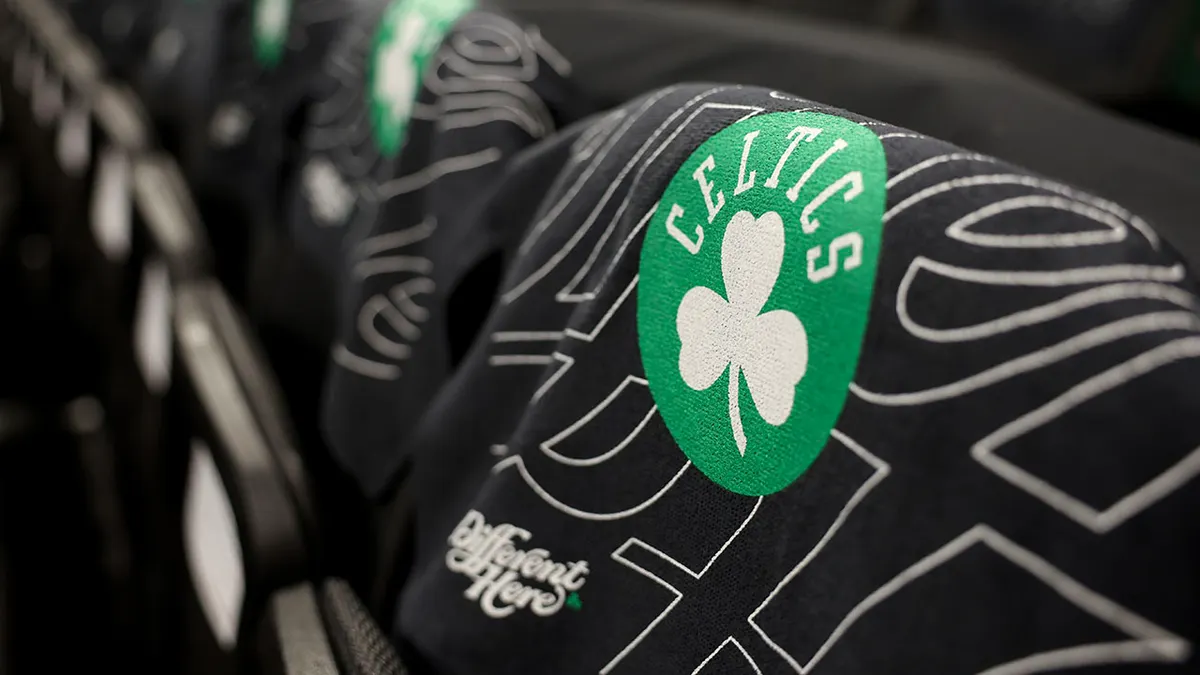
The top-seeded Boston Celtics will host the sixth-seeded Indiana Pacers to open the Eastern Conference Finals on Tuesday night. (Adam Glanzman/Getty Images)
BIGGEST CONCERNS FOR WESTERN CONFERENCE TEAMS
Two-time NBA All-Star Anthony Edwards has taken the league by storm this postseason. The Dallas Mavericks coaching staff will be tasked with finding a way to contain Edwards.
Karl-Anthony Towns, the top pick of the 2017 NBA Draft, appeared to take a major step forward in the conference semifinals. Rudy Gobert recently won his third NBA Defensive Player of the Year award, and while Gobert’s defensive prowess speaks for itself, the Timberwolves as a whole will have to contend with the Mavericks’ two-headed monster — Kyric Irving and Luka Doncic.
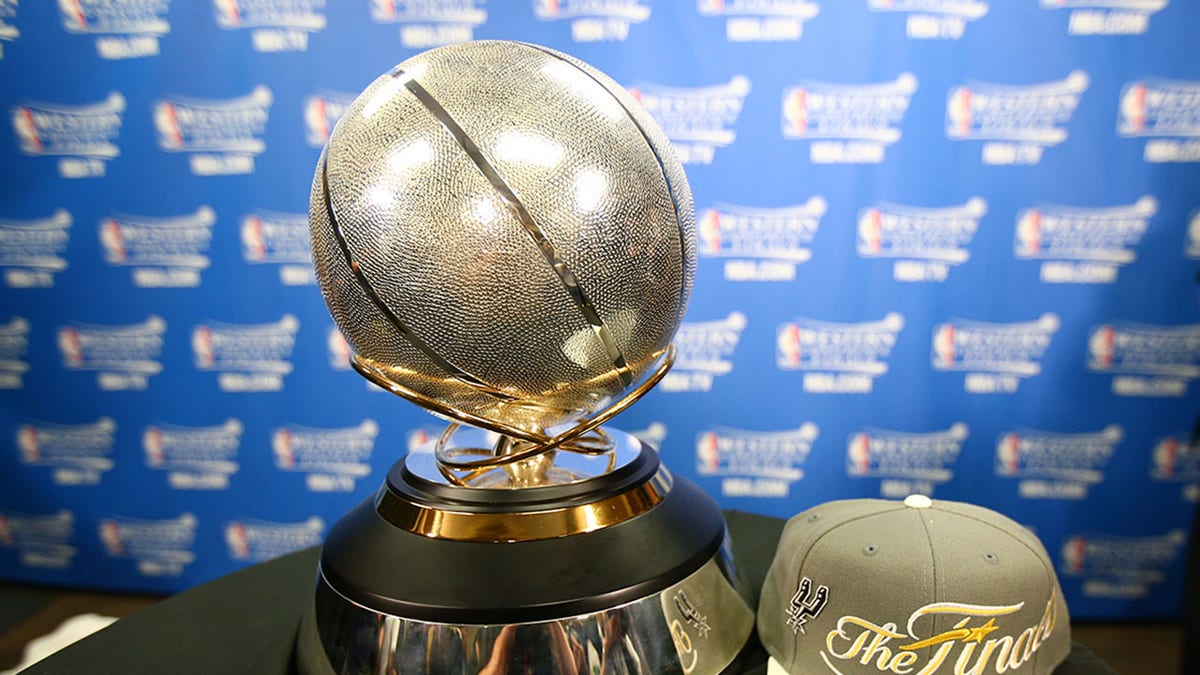
The final four teams are set for the NBA Finals. (Nathaniel S. Butler/NBAE via Getty Images)
While the Timberwolves outlasted the Nuggets in the semifinals, the construction of the Mavs roster presents a much different challenge.
WHEN ARE THE CONFERENCE FINALS?
The Eastern Conference Finals begins on Tuesday night at the TD Garden in Boston. Game 2 tips off on May 23, before the series shifts to Indiana for Game 3 and 4.
The Timberwolves hold home court in the West and will host Game 1 on May 22. Game 2 is scheduled for May 24.
Follow Fox News Digital’s sports coverage on X, and subscribe to the Fox News Sports Huddle newsletter.
Sports
Many familiar names on roster as U..S. women's soccer team readies for Olympics
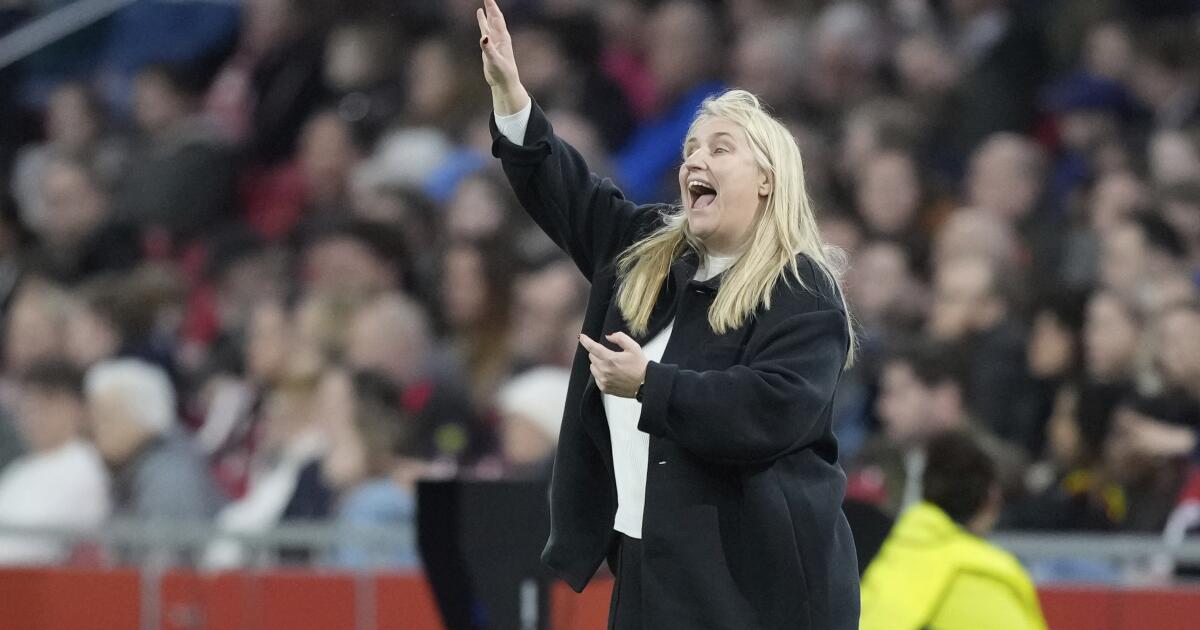
Emma Hayes called up her first roster as coach of the women’s national team Tuesday and it includes a lot of familiar names, with 19 players from April’s roster returning for a pair of friendlies with South Korea next month.
Hayes, whose $2-million salary makes her the highest-paid women’s coach in the world, was named U.S. coach in November but couldn’t take charge of the team until she finished her duties with Chelsea of the Women’s Super League. That happened last weekend when Chelsea beat Manchester United 6-0 to win its fifth straight WSL title under Hayes.
Now she takes over the women’s national team less than 10 weeks before its Olympic opener, giving her precious little time to get acquainted with her players. That may be one reason why Hayes called in veteran Alex Morgan, who recently returned to training after being sidelined a month with an ankle injury. Also summoned to training camp is midfielder Rose Lavelle, who has been limited to 169 minutes with her NWSL club, Gotham FC, because of a leg injury.
Notable among the absences is goalkeeper Alyssa Naeher, who missed the Chicago Red Stars game last weekend with a left thigh injury. The injury isn’t considered serious and Naeher is likely to be ready for the Olympics.
Despite the injuries to Morgan, Lavelle and Naeher, the U.S. team is healthier than it has been in some time with Catarina Macario and Mallory Swanson joining a deep forward line that also includes Sophia Smith, the reigning NWSL scoring leader, and teenager Jaedyn Shaw, who leads the national team with five goals and one assist in eight appearances in 2024.
In fact, the U.S. is so deep at the position Lynn Williams, who became the all-time NWSL scoring leader with her 79th career goal Sunday, didn’t make the team. The 23 players that did average 26.3 years of age, making Hayes’ team more than two years younger than the one that bowed out of last summer’s World Cup in the round of 16.
Still, the clock is ticking for Hayes, who will have to whittle her team down to 18 for Paris. The players will have two dress rehearsals with friendlies against South Korea on June 1 in suburban Colorado and on June 4 in St. Paul. Minn. After Hayes chooses her Olympic team, the U.S. will play send-off games against Mexico on July 13 in Harrison, N.J., and against Costa Rica three days later in Washington, D.C.
The roster
Goalkeepers: Jane Campbell (Houston Dash), Aubrey Kingsbury (Washington Spirit), Casey Murphy (North Carolina Courage)
Defenders: Crystal Dunn (NJ/NY Gotham FC), Tierna Davidson (NJ/NY Gotham FC), Emily Fox (Arsenal FC), Naomi Girma (San Diego Wave FC), Casey Krueger (Washington Spirit), Jenna Nighswonger (NJ/NY Gotham FC), Sam Staab (Chicago Red Stars)
Midfielders: Korbin Albert (Paris Saint-Germain), Sam Coffey (Portland Thorns FC), Hal Hershfelt (Washington Spirit), Lindsey Horan (Olympique Lyon), Rose Lavelle (NJ/NY Gotham FC), Emily Sonnett (NJ/NY Gotham FC), Lily Yohannes (Ajax)
Forwards: Catarina Macario (Chelsea FC), Alex Morgan (San Diego Wave FC), Trinity Rodman (Washington Spirit), Jaedyn Shaw (San Diego Wave FC), Sophia Smith (Portland Thorns FC), Mallory Swanson (Chicago Red Stars)
-

 News1 week ago
News1 week agoSkeletal remains found almost 40 years ago identified as woman who disappeared in 1968
-

 World1 week ago
World1 week agoIndia Lok Sabha election 2024 Phase 4: Who votes and what’s at stake?
-

 World1 week ago
World1 week agoUkraine’s military chief admits ‘difficult situation’ in Kharkiv region
-

 World1 week ago
World1 week agoCatalans vote in crucial regional election for the separatist movement
-

 Movie Reviews1 week ago
Movie Reviews1 week agoAavesham Movie Review
-

 Politics1 week ago
Politics1 week agoNorth Dakota gov, former presidential candidate Doug Burgum front and center at Trump New Jersey rally
-

 News1 week ago
News1 week agoTrump, Reciting Songs And Praising Cannibals, Draws Yawns And Raises Eyebrows
-

 Movie Reviews1 week ago
Movie Reviews1 week agoUnfrosted Movie Review: A sweet origins film which borders on the saccharine
